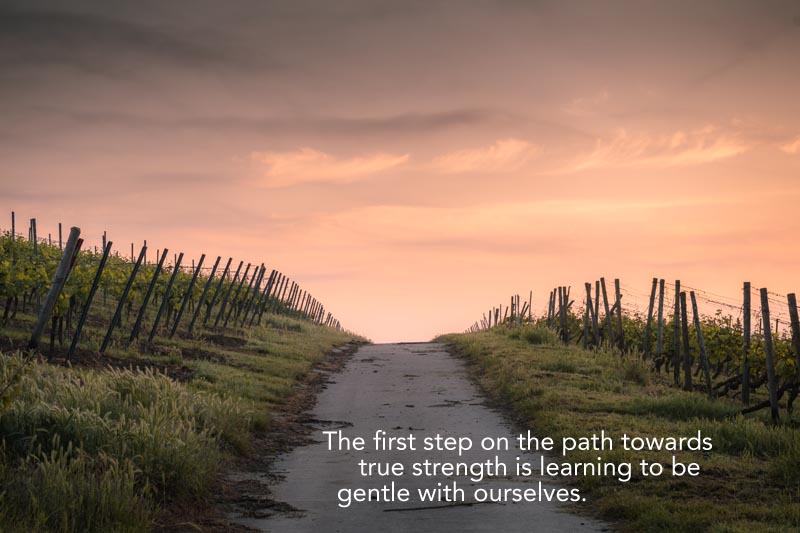This is Part 3 of our Rebrand Story.
Part 1 Rebranding ILF: A Story of Change
Part 2 Our Brand’s Highs and Lows
With information from our team, the stakeholder interviews, and all the material on the current website, Rethink (the company helping us through the rebrand process) took the next step by building and presenting a Brand Profile to the ILF Team.
Our Driving Insight Sums Up the ILF Mission
Everyone on the ILF team experienced a shiver down our spines when Rethink presented “ILF’s Driving Insight” for the new brand:
Advocate well-being is the crumbling infrastructure that holds up sexual and domestic violence organizations across North America.

Our team has struggled to explain clearly and simply why our work is important. And now, here it was, right in front of us, written in a way we never would have discovered on our own.
This one sentence felt like a complete reset in how we could talk about the importance of ILF’s work. Our team doesn’t only help with self-care. We don’t only teach boundary and communication skills.
Our Mission Supports DV Advocates
Our mission is to find ways to strengthen the advocate infrastructure that supports the survivors of sexual and domestic violence so they can rebuild and return to better lives.
With this amazing insight to kick off the Rethink presentation, the ILF Team felt like we were seeing our work again for the first time. But Rethink had more for us, and continued to share the new brand profile.
Our Brand Profile Supports the ILF Message
Wait, what is a brand profile?
A brand profile, we learned, is the foundation that our brand is built upon. This brand profile serves as guide for the creation of everything — from the colors on our website to the language used to express what we do.
Without going through the whole process and presentation, here are some of the highlights from our shiny new brand profile document:
ILF Brand Foundations
Care workers are selfless agents of change who are obsessed with helping others. “Maintainers” are the unsung heroes of society. ILF is unique in providing comprehensive, practical self-care training at the lowest overall cost.

ILF Brand Belief & Ambitions
We believe that the most effective Advocate is one who is thriving. This is our Brand Belief. We seek to inspire all Advocates to take the time to care for themselves. This is our Brand Ambition.

Everything Extends From the ILF Brand Profile
The combination of our driving insight, brand foundation, brand belief and ambition, combined with our brand voice (positive, empathetic, calm, candid), target audience, emotional benefit, and reasons to believe is our complete ILF Brand Profile. This will become the solid foundation that the new ILF brand will be built upon.
Moving forward, everything — including colors, fonts, logos, wordmarks, images, and eventually a brand new name — is held up by this Brand Profile. It provides the structure and strength.
Anticipating Our Next Steps
Everyone was excited and emotional, anticipating what would happen next as we moved forward in the process. Soon we would be looking at visual sandboxes to determine what the new Brand Design would look like.
Join us in the next post as we share some of these visual sandboxes (the ones we liked and ones we….meh), then continue reading as we move forward to see how all of these different pieces come together.





















